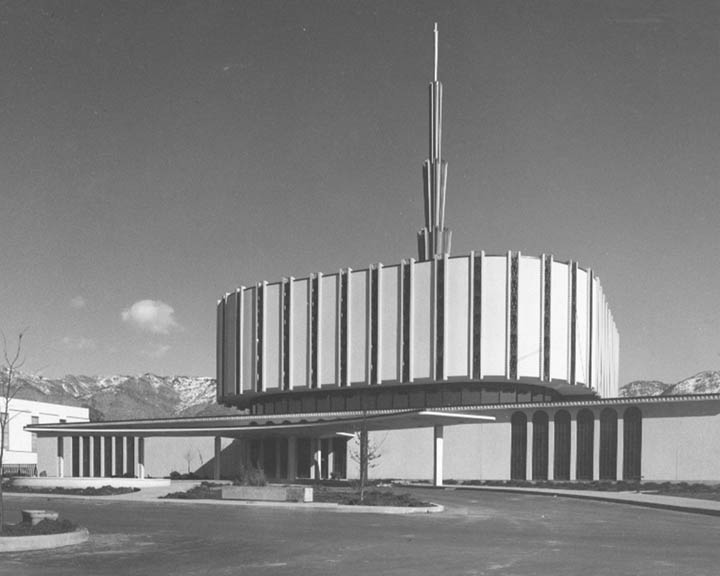Ogden, Utah History
After looking over the area, the route into it was determined to be too treacherous and it was decided that the Mormon pioneers would build their first settlement in the Salt Lake Valley. However leaders of the Church were still interested in building a settlement in the area. Captain James Brown visited Goodyear in August of 1847 and began negotiating a contract to buy Goodyear's land. On November 24, 1847, the land was bought with money that had been earned by the Mormon Battalion in California. Brown received a deed to the land, 75 goats, 75 cattle, 12 sheep, and 6 horses, all for $1,950.
Settlement began within a few months. Numerous families, including the Lorin Farr family along with the Brown family moved into the area and it was called Brown's Fort, Brown's Settlement, or Brownsville at various times. In 1850, the first militia company was organized, and by the end of the year more than a hundred families were settled in the area. On March 6, 1850, the first Latter-day Saint congregation was organized. Just a year later, the Weber Stake was organized. On February 6, 1851, the city received a charter and became officially known as Ogden City. The name comes from the Hudson's Bay Company trapper, Peter Skene Ogden, who was trapping in the valleys and mountains east of Ogden in 1825.[1]
By 1856, the city had grown to more than three thousand people mostly living in adobe houses. The people's main source for a livelihood was agriculture. This changed quickly though when the town became a major stop on the transcontinental railroad in 1870. The city got the nickname "Junction City" because numerous lines ran through Ogden connecting Idaho to Salt Lake and other cities farther south. With the railroad using Ogden as a major junction, other industries soon grew up in Ogden that took advantage of the railroad for distribution. There were factories set up for canning and preparing agricultural products as well as mills.
With the transcontinental railroad came an increasing non–Latter-day Saint population. In 1889 Fred J. Kiesel, not a member of the Church of Jesus Christ, was elected mayor of Ogden.
During World War II, Ogden became an important link in the war efforts. The "Ogden Chamber of Commerce convinced the government to build Hill Air Base in the Ogden area in 1938. During the war years, Ogden was considered a safe interior area with an excellent system of rail connections to move needed war materials to the war zones. As a result, the Naval Supply Depot was built in Clearfield and the Utah General Depot in Ogden; the United States Forest Service Regional Office also was located in Ogden.
"After the war, the railroad business declined because of competition from automotive and air transportation; in the 1950s rail passenger service was almost entirely eliminated, except for Amtrack, which beginning in 1971 passed through Ogden on a tri-weekly schedule. Some government agencies and businesses related to the defense industry continued to gravitate to Ogden after the war--including the Internal Revenue Regional Center, the Marquardt Corporation, Boeing Corporation, Volvo-White Truck Corporation, Morton-Thiokol, and several other smaller operations."[2] The U.S. Government is still the largest single employer in Ogden. However, Ogden has attracted a variety of industries and commerce to its industrial park and mall areas and today Ogden enjoys a stable economic structure that is no longer totally reliant on government projects and money.[3]
The growth of the community also increased growth in the Church; by 1941, there were five stakes in the area and Church membership has continued to grow. The Latter-day Saint population in the area became large enough to warrant building a temple in Ogden. Announcements for the Ogden Utah Temple were made in 1967 and it was completed in 1972. It was rededicated in 2014 after a three-and-a-half-year renovation project that architecturally transformed its exterior appearance. While much of the interior layout remained the same, some rooms were reconfigured, and all of the auxiliary systems and interior design were replaced.
The Ogden area will have two additional temples: one in Syracuse and one in Layton.
